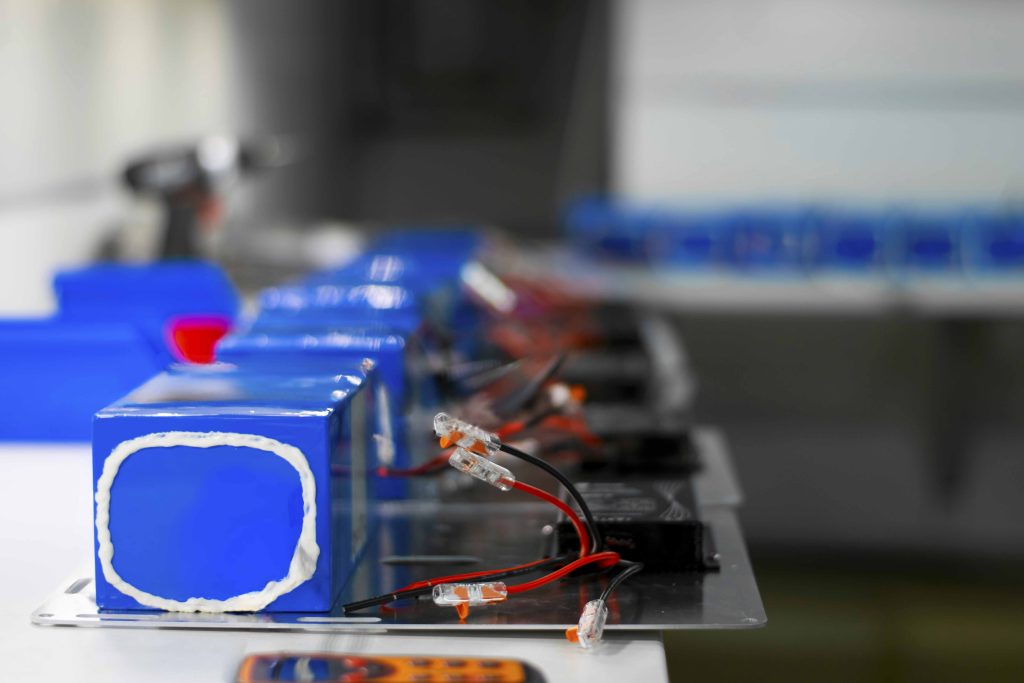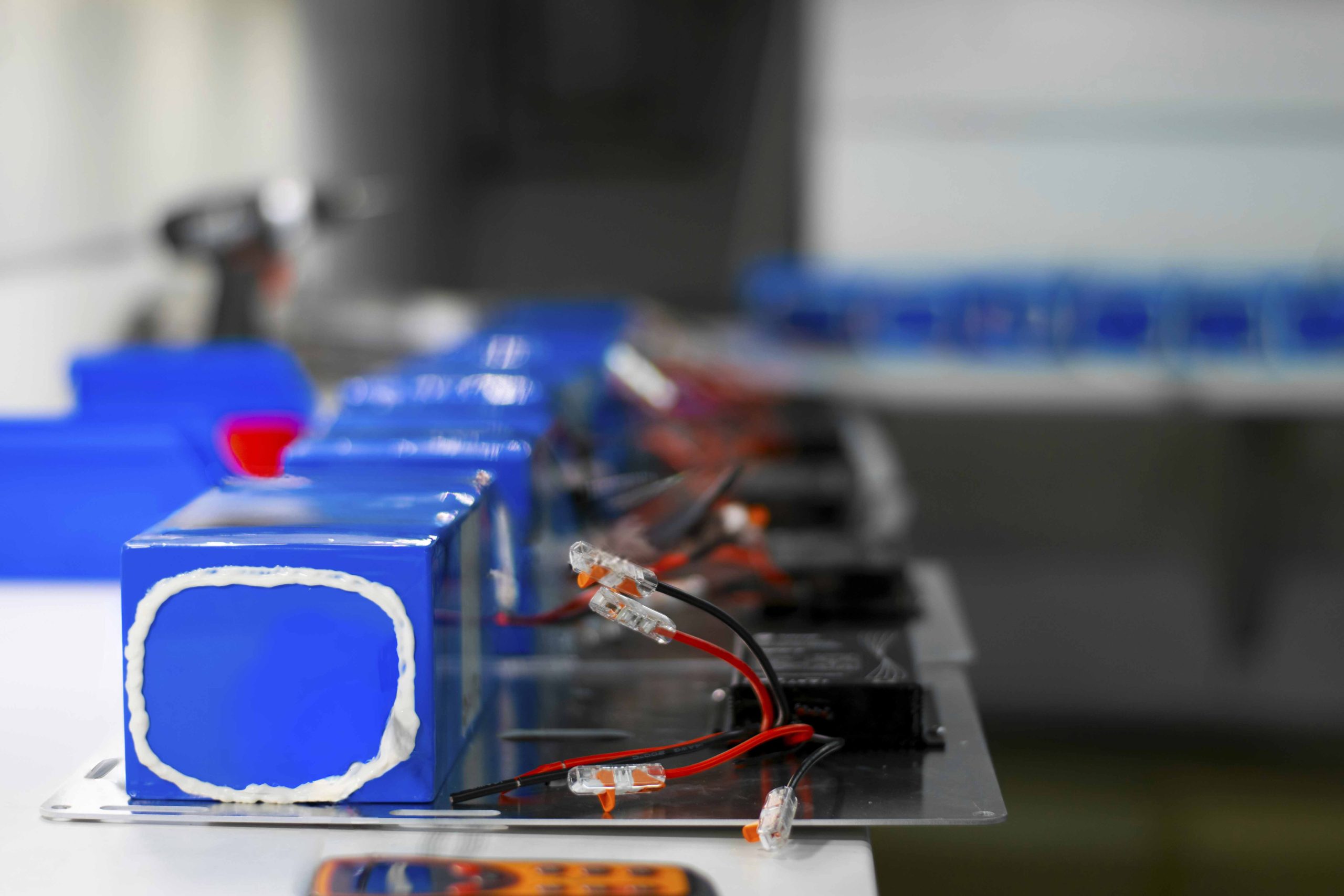June, 2024
The durability of batteries is a crucial aspect of the efficiency and sustainability of solar lighting systems.
In this post, we will explore the types of batteries used, the factors affecting their lifespan, and how Staria Technologies has innovated to significantly extend the durability of their batteries, ensuring more than 10 years of trouble-free operation.
Types of Batteries
There are several types of batteries used in solar lighting systems, including lead-acid, nickel-cadmium (NiCd), and lithium batteries. At Staria Technologies, we have opted to use lithium iron phosphate (LiFePO4) batteries. These batteries are known for their high efficiency, safety, and prolonged lifespan compared to other technologies. Additionally, their capacity to withstand numerous charge and discharge cycles makes them an ideal choice for solar lighting applications.

Factors Affecting the Lifespan of Batteries
The durability of batteries in solar lighting systems can be affected by several factors:
Temperature: Extreme temperatures, both high and low, can reduce the efficiency and lifespan of batteries.
Charge and Discharge Cycles: The frequency with which a battery is charged and discharged directly affects its lifespan. High-quality batteries, such as LiFePO4, are designed to endure more cycles without significant degradation.
Depth of Discharge (DoD): Regularly fully discharging a battery can shorten its lifespan. It is better to maintain an optimal charge range to prolong its durability.
Maintenance and Use: Proper use and regular maintenance can help maximize battery lifespan. However, LiFePO4 batteries require minimal maintenance.
How Staria Extends Battery Lifespan
At Staria Technologies, we have developed an innovative system to extend the lifespan of our LiFePO4 batteries, ensuring more than 10 years of efficient operation. This system is based on preventing the batteries from operating at 100% capacity, limiting both charging and discharging within specific ranges.
- Optimal Operating Range: Our batteries discharge to a maximum of 30% and do not charge more than 70%. This optimal range reduces stress on the batteries, extending their lifespan.
- Integrated GPS and Intelligent Management: Staria's streetlights are equipped with integrated GPS that allows them to know the season and predict future weather conditions. In summer, when there is less chance of rain, the streetlights charge the batteries less, while in winter, they use more charging capacity to prepare for cloudy days.
- Automatic Regulation: Thanks to the information provided by the GPS, the streetlights can automatically regulate their charge and discharge, adjusting to seasonal energy needs. This minimizes the reduction in charge capacity over time, keeping the batteries in optimal condition for more than a decade.
- Thermal Insulation: To ensure the batteries operate at an optimal temperature, they are protected by thermal insulation.
Conclusion
The durability of batteries is an essential component for the efficiency and sustainability of solar lighting systems. At Staria Technologies, we have implemented advanced technologies and intelligent management strategies to maximize the lifespan of our LiFePO4 batteries, ensuring more than 10 years of trouble-free operation.
By keeping our batteries within an optimal operating range and using weather predictions to adjust charging and discharging, we offer solar lighting solutions that are not only efficient but also highly durable and sustainable. With these innovations, Staria Technologies positions itself at the forefront of solar lighting, providing a reliable and eco-friendly option to illuminate our cities.

